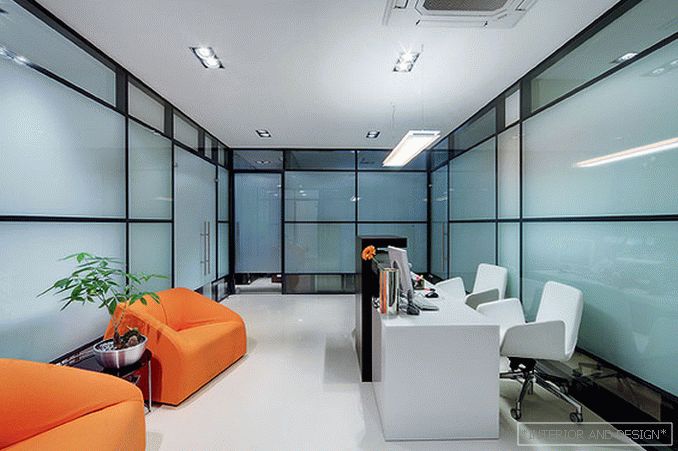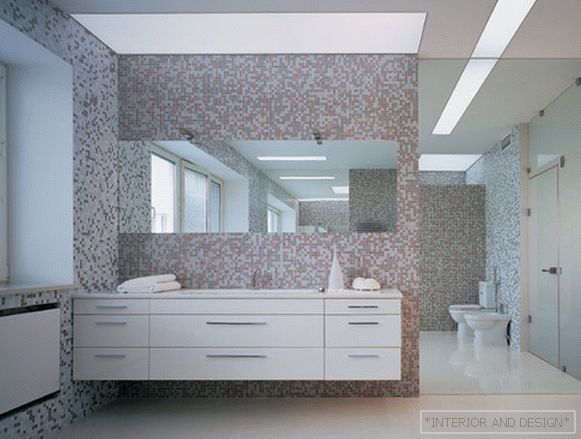"Tubular" motifs in design
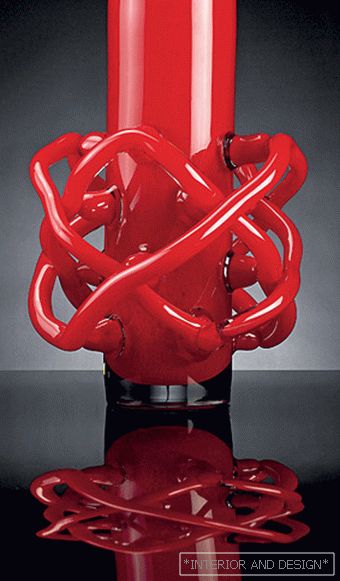
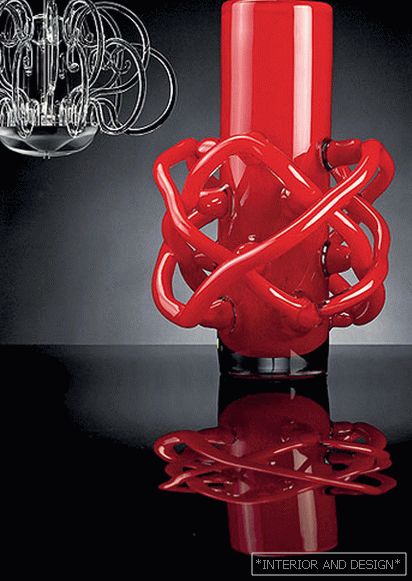
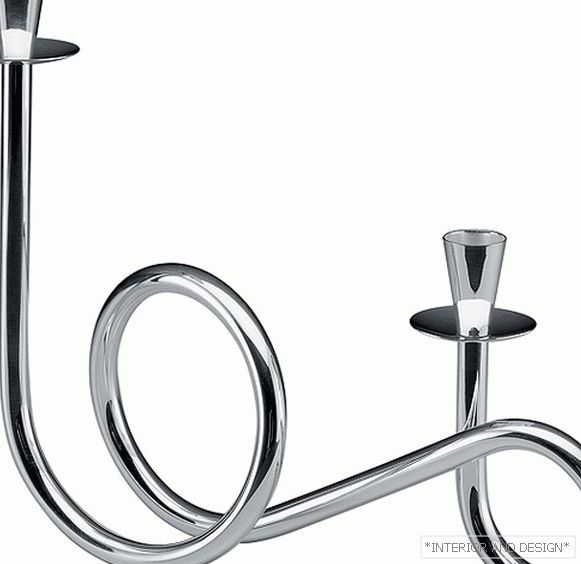
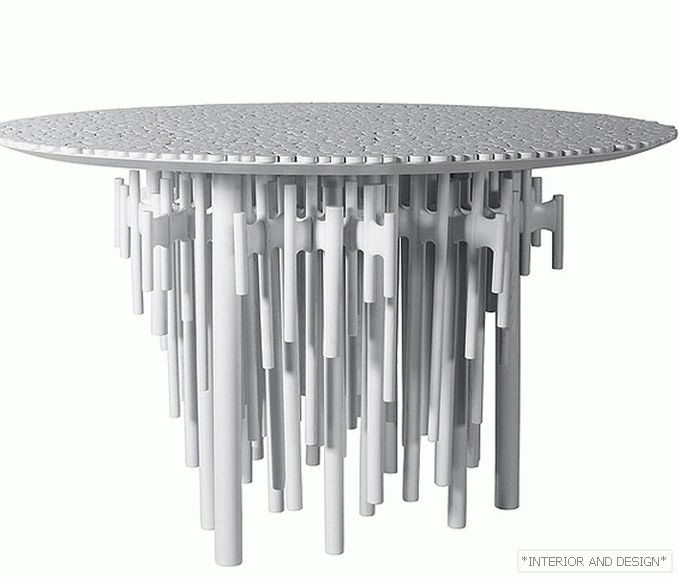
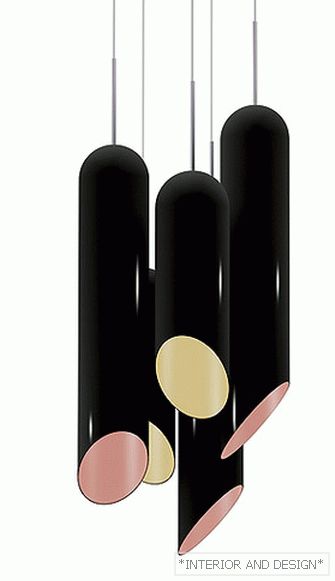
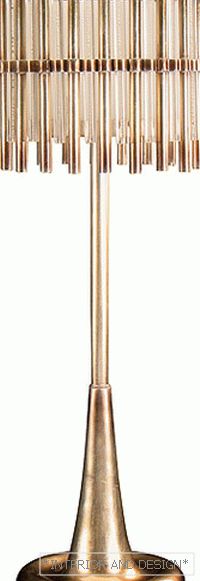
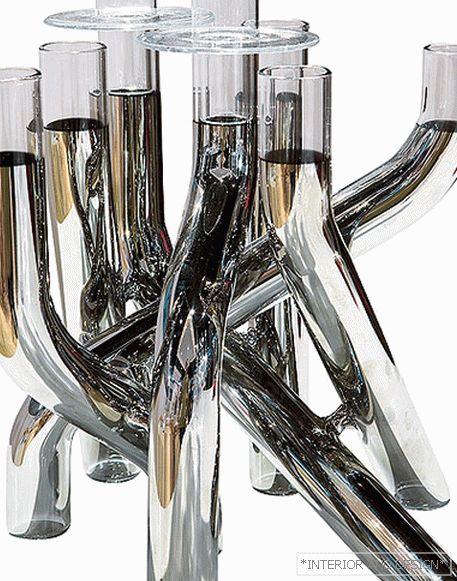
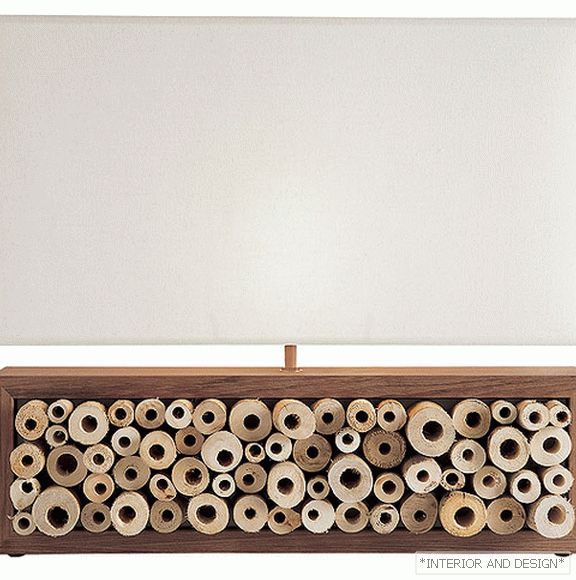
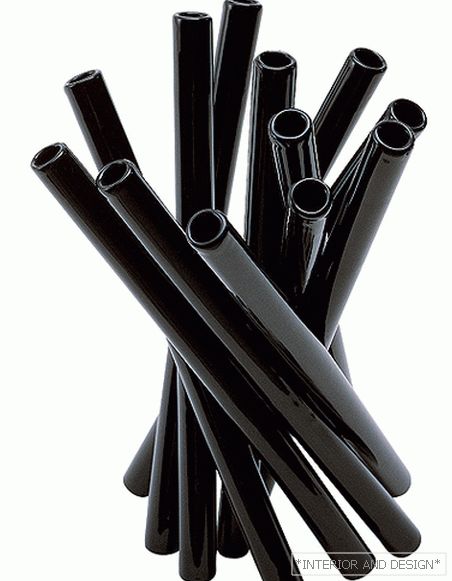
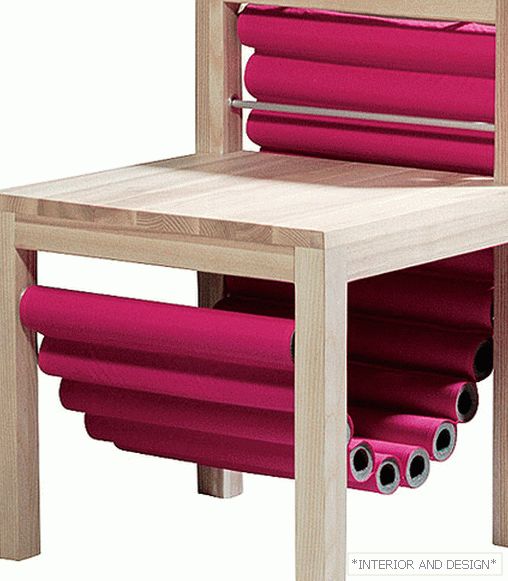
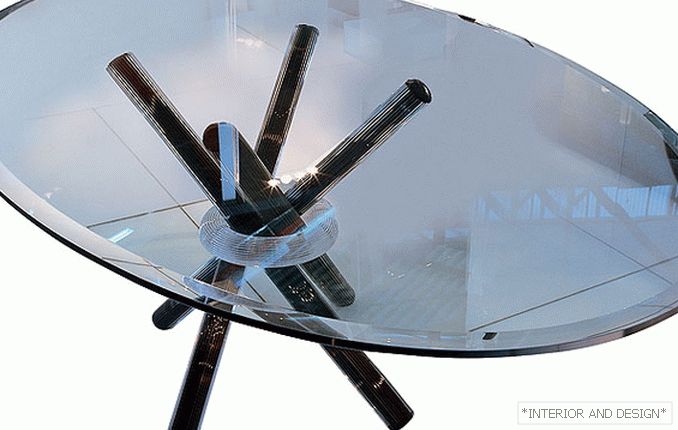
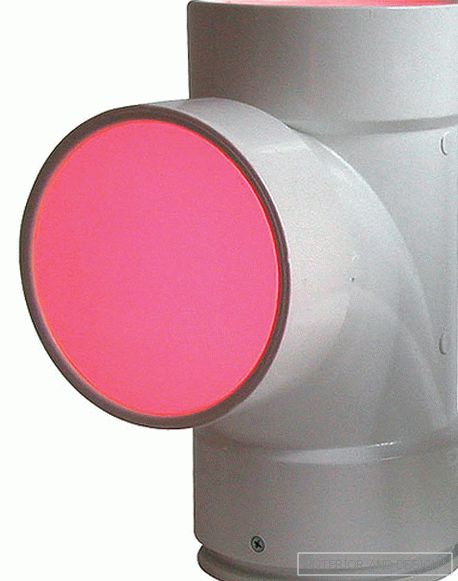
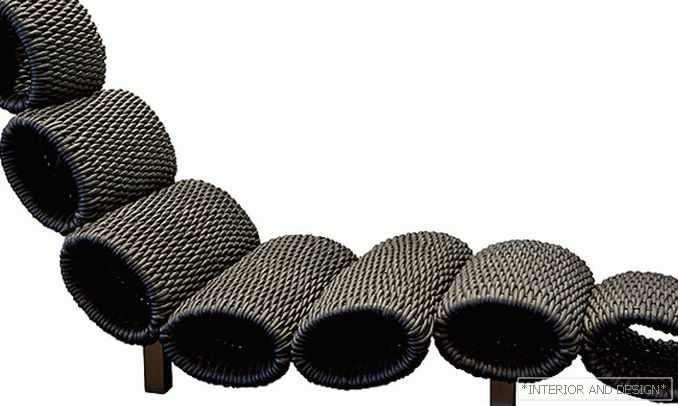
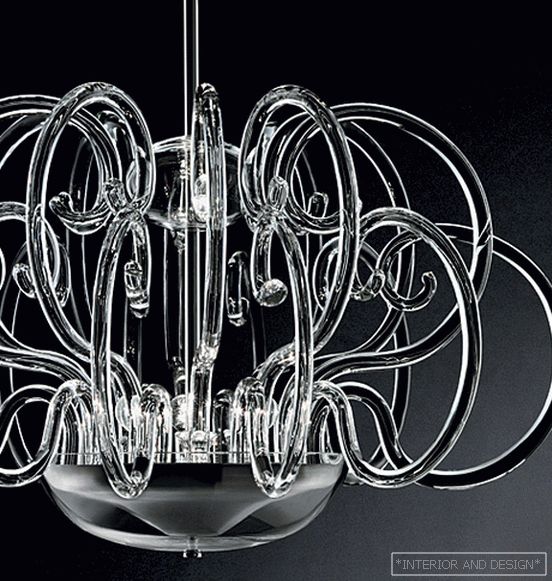 Passing the gallery
Passing the gallery Leading headings: Karina Chumakova
Magazine: N4 (126) 2008
The appearance in the 30s-40s of the 20th century of furniture on a frame of bent steel pipes can be considered a breakthrough comparable to the appearance of Tonet's chairs made of bent wood a century earlier. Both the first and the second have become “jazz standards” of furniture design - they are replayed and replayed in their own way and in their own way everything and everyone, while they remain unchanged and recognizable.
The tube is one of the most paradoxical bionic forms. Being inherently an ideal connecting structure, a transition from one form to another, it possesses tremendous bearing capacity and perfectly resists load and gravity. The stalk of wheat, for example, is capable of carrying an ear weight one and a half times its own. Almost the same principle is used in the construction of high-rise buildings.
Pipes, like those inspired by industrial design, are nice to the aesthetics of hi-tech and deconstruction, popular in our day. In turn, the design, based on the classical forms and images, continually returns to the tubular-like tubes made of blown glass. The play of light inside them and on their surface gives even massive tubular structures lightness and airiness.

